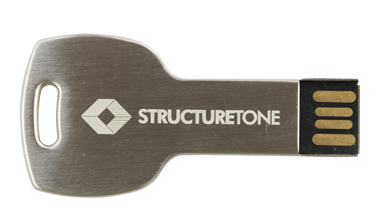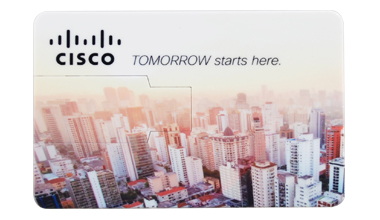Branding Options
Pad Printing
Pad printing is a printing process that can transfer a 2-D image onto a 3-D object. This is accomplished using an indirect offset printing process that involves an image being transferred from the printing plate via a silicone pad onto a substrate. For example, Pad printing could be used for curve surface like USB pen.

Screen Printing
Screen Printing, sometimes called silk screening serigraphy, has long proved it’s worth as a fine arts and commercial medium. It is suitable on all flat surface.

Laser Engraved Printing
Laser engraving is the practice of using lasers to engrave or mark an object. The technique does not involve tool bits which contact the engraving surface and wear out. It is suitable on metal, wood surface.

Embossed Printing
Embossing is the process of creating a three-dimensional image or design in paper and other ductile materials. It is typically accomplished with a combination of heat and pressure on the object. It is suitable on leather surface.

Full Colour Printing
Full Colour Printing is the reproduction of an image or text in color (as opposed to simpler black and white or monochrome printing). Any natural scene or color photograph can be optically and physiologically dissected into three Primary Colors, red, green and blue, roughly equal amounts of which give rise to the perception of white, and different proportions of which give rise to the visual sensations of all other colors.

Epoxy Dome Printing
Doming is just the process of adding a clear, non-yellowing Epoxy resin to your decal using the normal surface tension of thick liquid to ‘find the edges’ of your decal and make a ‘dome’ or bubble over your decal. This has a slight magnification effect, catches light better and protects your decal from weather and UV light. It also adds a nice factory look to badges for boats, cars, computer cases, etc. Doming is generally best applied to small, round decals (no sharp corners), since corners tend to break surface tension.


